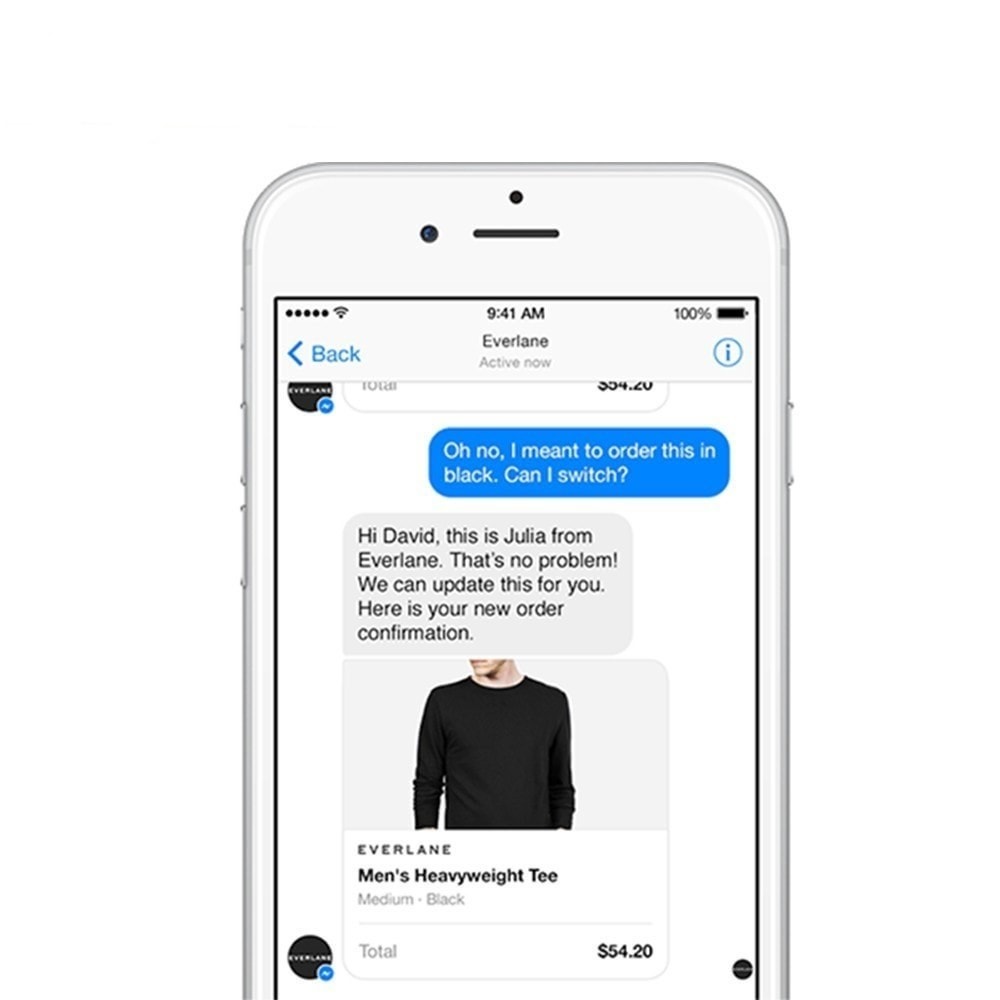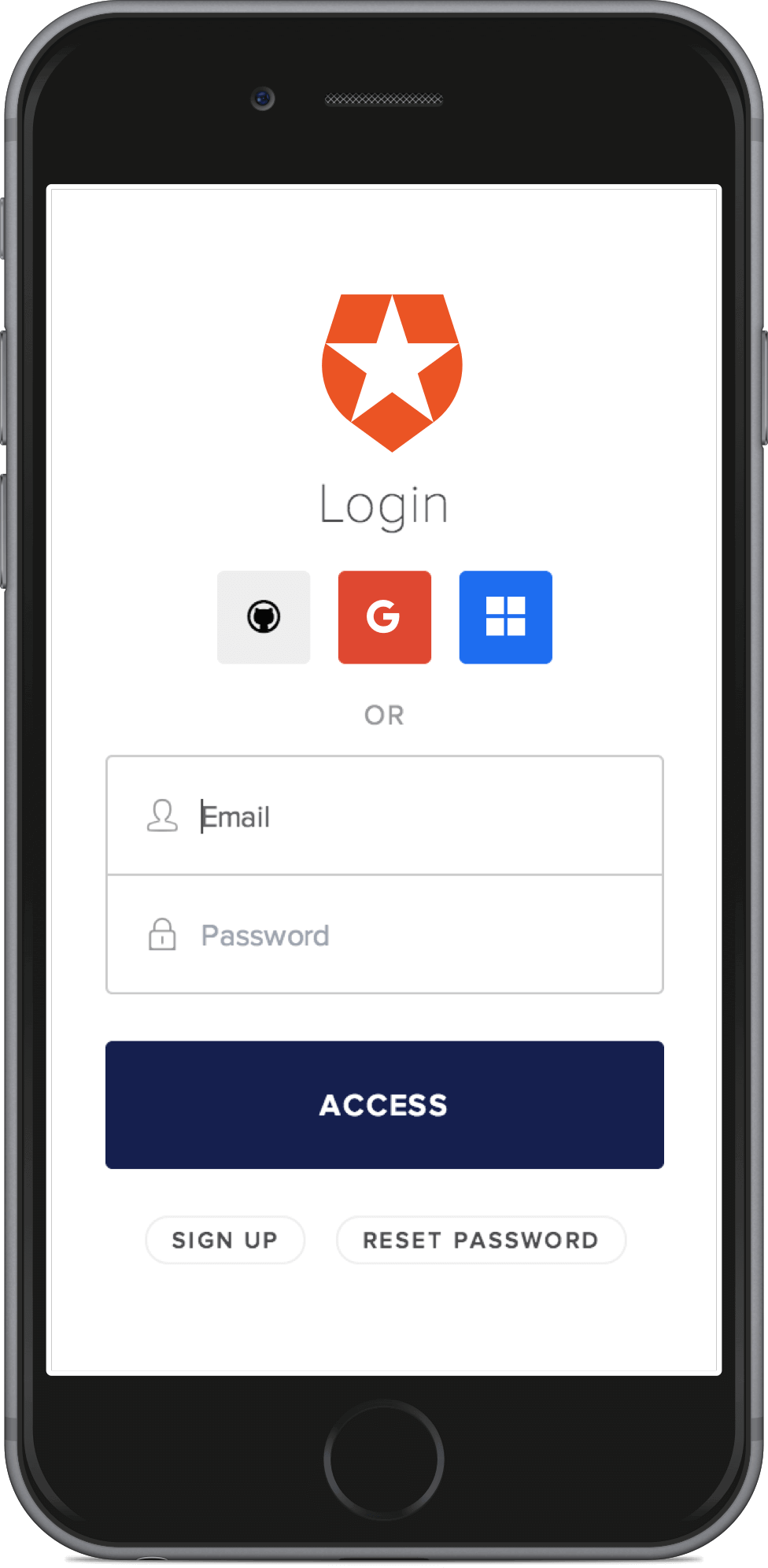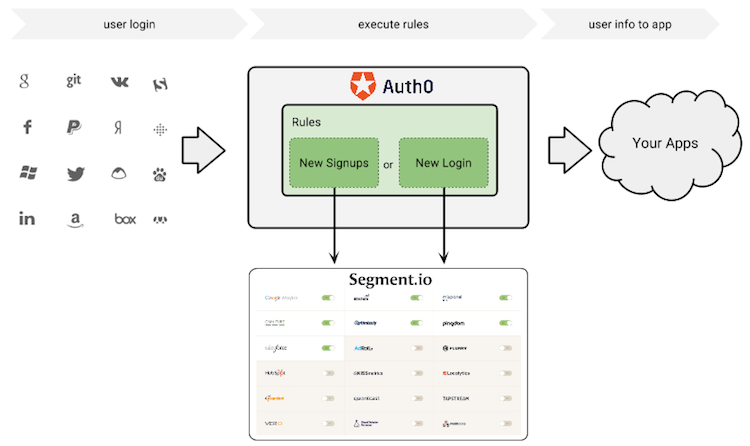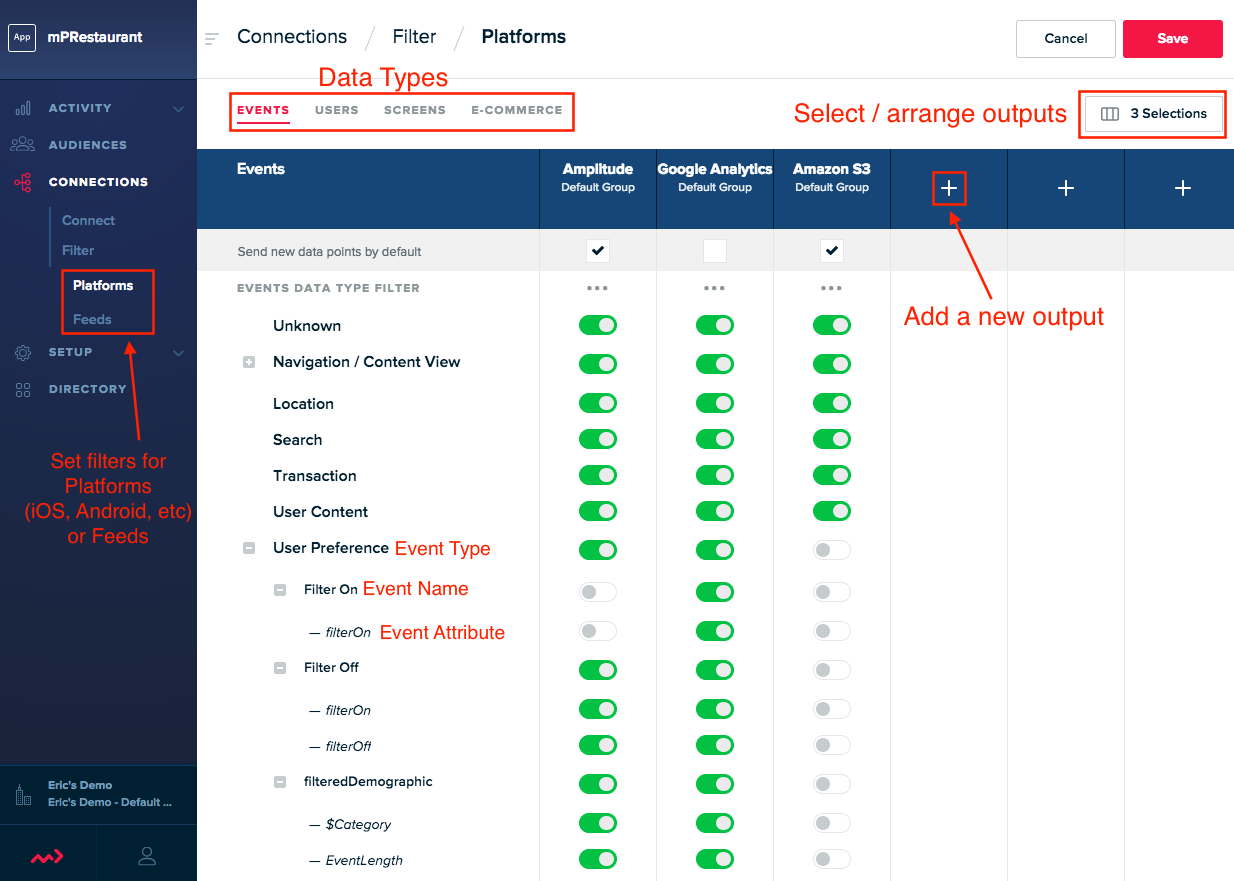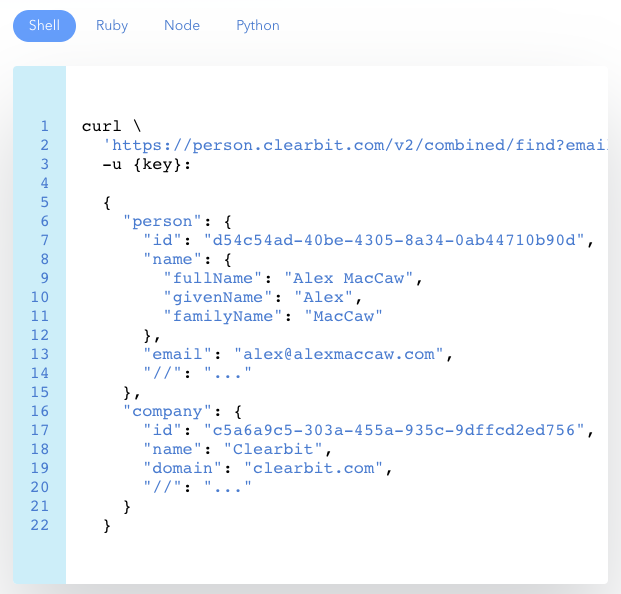Imagine your customer support (CS) team receives an angry complaint from a particular user, R. Michaels. R. Michaels was charged for your company’s service although he was sure he canceled it. He says he's going to file a chargeback with the credit card company, at additional cost to your firm — and complain on Twitter.
Meanwhile, your growth team is preparing an email to a segment of its most active and engaged users, of which one is “Ronald Michaels.” The email has the cheeky subject line, “How's our favorite customer doing this morning!?”
Unfortunately, the email meant for Ronald Michaels—thanks to a data integration error—goes instead to R. Michaels (angry CS case).
Since your CS team still hasn't gotten back to R. Michaels, this sets him off even more and leaves your CS team frustrated that they've been put into an even worse position with the customer. R. Michaels goes ahead and publishefs his scathing online review of your team's incompetence.
“With proper data management and integration, you don't need to worry about mixed messages.”
Tweet This
With proper data management and integration, you don't need to worry about such mixed messages. But the true benefits of strong data integration go far beyond avoiding embarrassing situations—used right, a strong data integration plan can be the foundation of better customer engagement and higher revenues for your business.
What is Data Integration?
Data integration is the process of combining information from separate databases into a usable form for sharper analysis. When you have a strong data integration plan, you can get a true 360 view on your customers without having to pay an expensive outside agency or rebuild all of your infrastructure from scratch. That's not all, however—a strong data integration plan can also help you get users engaged with your product faster.
Imagine you're a young fintech company rolling out a big new feature update on your advisory platform. You're particularly interested in how your female millennial customers use it, so you email every user enrolled on your platform as a woman, A/B testing your emails to see which combination of value proposition and headline get the most click-throughs. Once that test is done, you analyze the user response, segmenting by social channel and user activity types:
- Did your Facebook fans or Twitter followers use your new features more often?
- Were users who are more active on your help forum more likely to share the news of the new features with their friends, or less?
- What about users who submit more or less help tickets?
Every team at your company uses this data to understand something about your user base:
- Finance: which user cohorts are the most valuable to pursue in the future?
- Growth: which kinds of future experiments could be most powerful?
- Marketing: which future promotional campaigns could be most effective?
- Customer Service: how to create better documentation for new users.
A full picture of a single user includes data from her Facebook likes, Twitter mentions, Instagram posts, along with other pieces of her life the Web has captured, including college or university major, graduation date, shopping history, and more.
It also includes every action they take on your app, and when; how long they've been using it; and/or how long they've been churned for. It includes every email they've received, and whether they've opened them or clicked through or not.
Each of these pieces of data lives in a different format—once you can bring them all together, however, you unlock a world of huge possibilities.
Why Data Integration Is Critical
As both examples illustrate, a data integration strategy is key to deeply understanding your user base, along with avoiding miscommunication and other costly errors. With the right tools in place, a myriad of new opportunities will open for your organization.
“A data integration strategy is key to deeply understanding your user base, along with avoiding miscommunication and other costly errors.”
Tweet This
You can:
Personalize your experience
A data integration plan, working alongside a tool, such as social login, can have enormous benefits. While many see social login as just a simpler method for logging in, the real power of this approach lies in the data, which social login pulls at each step of the process to tailor the experience to the individual user.
A well-functioning social login process can help improve customer conversion rates, rapidly move users to activation, and drive down any churn to help re-engage and retain existing users. The ability to expand and enhance the quality of your user base is critical to sustainable growth and building your brand.
Smooth any onboarding friction
Users don't feel like making yet another account with yet another password. You need sign-up that reduces friction and helps people get directly to your product.
Social login has the ability to boost your conversion by up to 20%. With Auth0, you can pull data from someone's social profile directly into their user profile. This bypasses people filling in arduous questions about their location and birthday, for example. A strong set of data integration tools is essential to create this transition.
Increase internal data security
Data integration ensures that the information your organization collects is accessible in digestible forms to the right people. Yet do thousands of company employees need access to a select batch of sensitive files? If your identity and access management (IAM) processes are poorly controlled, can you prove that your company data is not at risk?
The right data integration strategy will be built on IAM tools, such as those belonging to Auth0. With these, you can authenticate, authorize, and track users of your data at all times, and set rules to comply with your usage policies. For example, you can create rules that define specific times, locations, and devices your users may log in.
Tools For Data Integration
The data integration process requires standardizing multiple forms of information. This often breaks down into:
- Extracting the data: pulling it from its source system and converting it into a single, consolidated data warehouse format.
- Transforming it. This can involve cleaning (e.g., mapping NULL to 0), filtering, splitting columns, and/or applying business rules to calculate new dimensions.
- Loading transformed data into a repository for analysis.
The below are a sample of popular tools for integration (although by no means an exhaustive list).
Segment
Segment is a single platform, which quickly collects, stores, and routes user data to hundreds of tools with a simple click. It can be critical for all segments, which rely on this data, including analytics, marketing automation, email, user testing, error reporting, and support.
With Segment, engineers can eliminate time spent installing and maintaining analytics tools, marketers are able to quickly test campaigns, and BI teams have the capacity to export raw data into their internal systems and databases.
mParticle
As with Segment, mParticle collects data from a range of inputs, such as the Web, mobile apps, and feeds from external SaaS providers, and forwards it to output services for audience targeting and push notifications, attributions, storage, and further analytics.
mParticle focuses on two types of inputs: events (how users interact with an app) and audiences (a focus on a specific segment of app users, such as women who have invested more than $10,000 on your app). mParticle’s creation of Connections between these inputs and outputs facilitates the enrichment and transformation of data prior to being put to use.
Clearbit
Clearbit has provided its services to a range of tech companies, such as Asana, Braintree, Slack, Stripe, Zendesk, and more. It offers its customers nearly a dozen APIs to mine publicly available data sources for information on individuals and companies.
Clearbit allows developers to incorporate this data from a variety of sources into their organization’s apps and build customized tools. In addition, marketing teams are able to easily integrate these points into a fuller picture of their target audiences.
To Secure and Hone Your Analysis, Employ An Excellent Data Integration Plan
Data management and integration can both help ensure regulatory compliance if you hold sensitive user data and support your teams in developing sharper insights. In turn, this can allow more targeted marketing and other forms of direct engagement with your community, leading to stronger sales and better overall growth.
About the author

Diego Poza
Sr Manager, Developer Advocacy (Auth0 Alumni)

